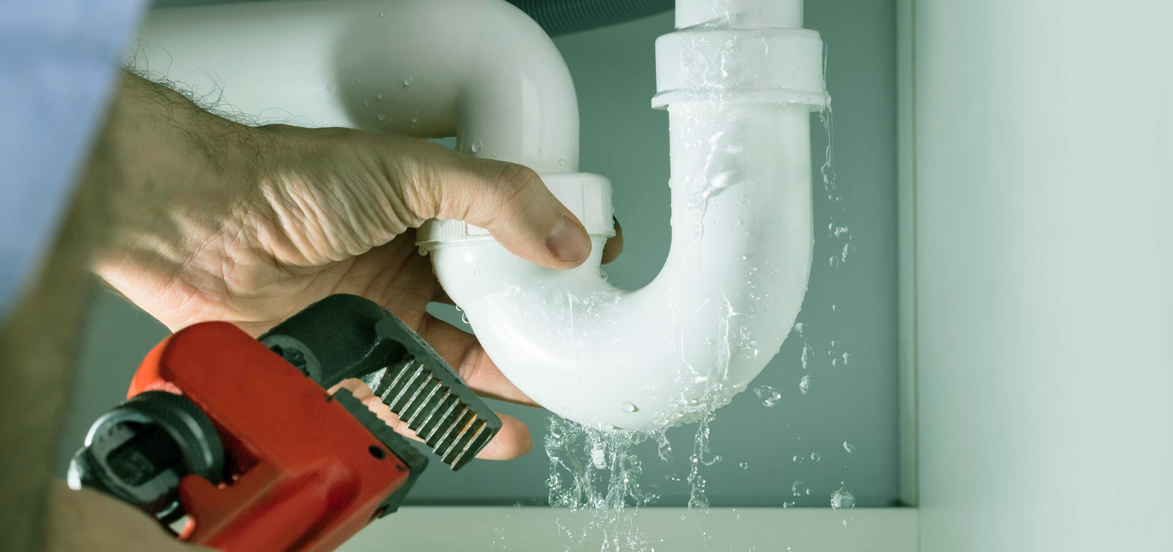Everybody seems to have their unique concepts in relation to Detecting hidden plumbing leaks.

The moment you locate a leak, calling your plumber for repair work is the best remedy. Some little water leaks may not be visible. If you can not detect it with your naked eyes, below are some hacks that assist.
Early discovery of dripping water lines can alleviate a potential disaster. Besides saving you money, it will decrease the irritation as well as aggravation.
Inspect Water Usage
If you spot unexpected modifications, despite your intake being the very same, it implies that you have leakages in your plumbing system. A sudden spike in your costs indicates a fast-moving leakage.
A constant rise every month, also with the very same behaviors, shows you have a slow-moving leakage that's likewise gradually intensifying. Call a plumber to thoroughly examine your home, especially if you really feel a warm area on your flooring with piping below.
Examine the circumstance and also check
Property owners should make it a behavior to inspect under the sink counters and also even inside cabinets for any type of bad odor or mold and mildew growth. These two warnings show a leakage so timely interest is needed. Doing routine inspections, even bi-annually, can conserve you from a significant problem.
Check Out the Water Meter
Every residence has a water meter. Checking it is a guaranteed manner in which aids you find leaks. For starters, shut off all the water sources. Make sure no person will certainly purge, use the tap, shower, run the cleaning device or dish washer. From there, go to the meter and also watch if it will certainly transform. Because no person is utilizing it, there should be no motions. If it moves, that suggests a fast-moving leak. Likewise, if you spot no changes, wait a hr or two as well as examine back once again. This indicates you might have a slow leak that can even be underground.
Asses Exterior Lines
Don't forget to examine your exterior water lines also. Should water permeate out of the link, you have a loosened rubber gasket. One small leakage can throw away loads of water and spike your water costs.
Do a Food Coloring Test
When it comes to water usage, 30% comes from bathrooms. If the color somehow infiltrates your bowl during that time without flushing, there's a leak in between the tank and also dish.
If you know your house is currently old, keep a careful eye on your heaters, hoses, pipes etc. Look for discolorations as well as weakening as most appliances as well as pipes have a life expectancy. They will additionally normally degrade due to deterioration. Don't wait for it to escalate if you presume dripping water lines in your plumbing system. Call an expert plumber as soon as possible so you do not end up with a dreadful mess in your house.
The minute you locate a leak, calling your plumber for repair work is the ideal remedy. Some small water leakages might not be visible. Checking it is a guaranteed means that aids you find leakages. One little leak can squander heaps of water and also surge your water costs.
If you suspect leaking water lines in your plumbing system, don't wait for it to rise.
WARNING SIGNS OF WATER LEAKAGE BEHIND THE WALL
PERSISTENT MUSTY ODORS
As water slowly drips from a leaky pipe inside the wall, flooring and sheetrock stay damp and develop an odor similar to wet cardboard. It generates a musty smell that can help you find hidden leaks.
MOLD IN UNUSUAL AREAS
Mold usually grows in wet areas like kitchens, baths and laundry rooms. If you spot the stuff on walls or baseboards in other rooms of the house, it’s a good indicator of undetected water leaks.
STAINS THAT GROW
When mold thrives around a leaky pipe, it sometimes takes hold on the inside surface of the affected wall. A growing stain on otherwise clean sheetrock is often your sign of a hidden plumbing problem.
PEELING OR BUBBLING WALLPAPER / PAINT
This clue is easy to miss in rooms that don’t get much use. When you see wallpaper separating along seams or paint bubbling or flaking off the wall, blame sheetrock that stays wet because of an undetected leak.
BUCKLED CEILINGS AND STAINED FLOORS
If ceilings or floors in bathrooms, kitchens or laundry areas develop structural problems, don’t rule out constant damp inside the walls. Wet sheetrock can affect adjacent framing, flooring and ceilings.
https://www.servicemasterbyzaba.com/blog/how-to-detect-water-leakage-in-walls/

I was shown that report about Detecting hidden plumbing leaks from a friend on a different web address. Sharing is caring. Who knows, you may very well be helping someone out. Many thanks for your time invested reading it.